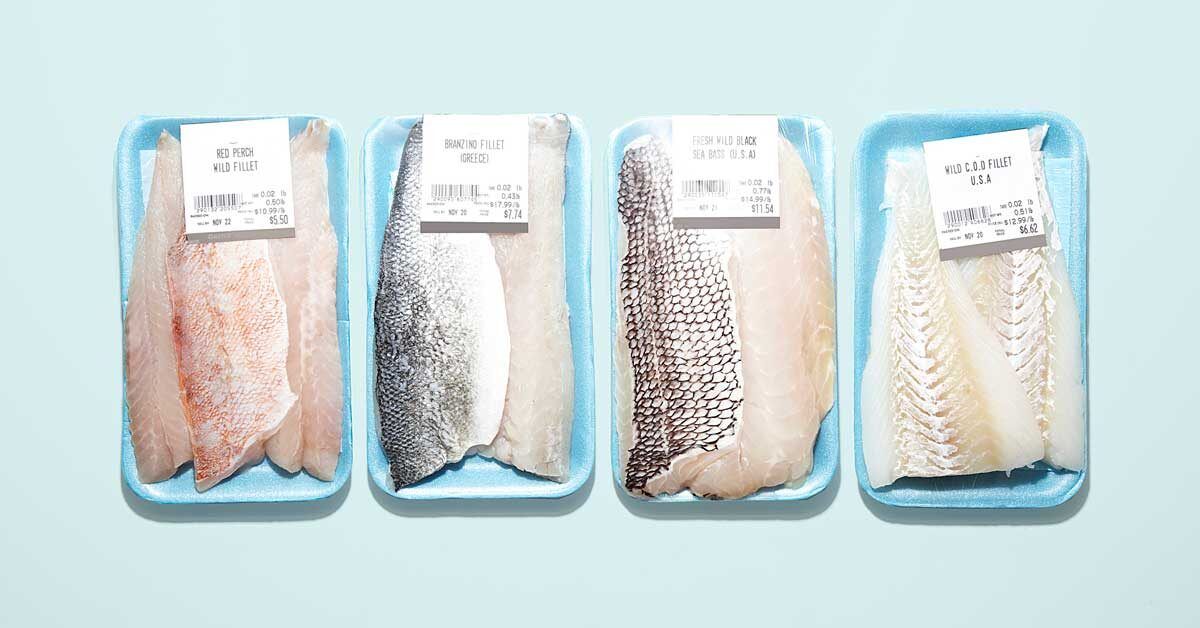
Eating excess saturated fat can increase low-density lipoprotein (LDL) levels, or “bad” cholesterol. Health experts agree that people should limit saturated fat and replace them with more nutritious, healthier alternatives.
The body needs healthy fats to function, and optimal levels of cholesterol are
High-density lipoprotein (HDL), or “good” cholesterol, carries cholesterol back to the liver to flush it out of the body. LDL, or “bad” cholesterol, can build up in the arteries, causing them to narrow, potentially leading to heart disease.
Learn more about the differences between HDL and LDL cholesterol.
If a person eats excess saturated fat, their LDL cholesterol levels may increase, so healthcare professionals advise limiting consumption.
This article explores saturated fat and how much a person should eat. Next, it explains how to eat to balance cholesterol levels and provides a list of foods to avoid and include in a balanced diet. Finally, it discusses the outlook for people with high cholesterol.
Saturated fats
The Centers for Disease Control and Prevention (CDC) advise that saturated fats can make someone’s cholesterol levels higher, so it is best to consume foods lower in saturated fats. Additionally, the
However, while
For example, a
The authors explain that decreasing LDL cholesterol primarily reduces levels of large LDL particles. However, small LDL particles have a stronger association with CVD, and these are less affected when a person restricts saturated fat in their diet.
The review authors also stressed the importance of the food matrix, which refers to the structure and composition of an individual food where saturated fat may occur. Various other nutrients, including carbohydrates, vitamins, and minerals, may also affect an individual’s risk of CVD.
A person can speak with a healthcare professional for further advice about eating a balanced diet and maintaining optimal cholesterol levels.
The Dietary Guidelines for Americans recommends limiting saturated fat to less than
However, the AHA advises people to eat less than this, aiming for a dietary pattern that obtains
To reduce the risk of heart disease, experts recommend that a person keeps their cholesterol profile within an ideal range. A doctor
The optimal lipid profile levels for adults are as follows:
- Total cholesterol: Between 125 and 200 milligrams per deciliter (mg/dL)
- LDL cholesterol: Less than 100 mg/dL
- HDL cholesterol: Greater than 40 mg/dL for males and 50 mg/dL for females
- Triglycerides: Less than 150 mg/dL
A person may maintain optimal cholesterol levels and lower their risk of heart disease using dietary and lifestyle strategies. This may include changing their diet, quitting smoking if applicable, and exercising more.
The
- maintain a moderate weight
- limit foods high in saturated fat
- consume foods that are low in saturated fat, sodium, trans fat, and sugar
- eat foods that are naturally high in fiber
The following food lists may help people make nutritious choices to lower their cholesterol levels.
A person may wish to limit these foods that are
Foods a person may add to a balanced diet include:
A doctor
People can lower their cholesterol levels by eating a diet that limits saturated fats and includes more nutritious alternatives.
The CDC advises people to check their cholesterol levels at least once every
A person can speak with their doctor to decide what is best in their case.
Most healthcare professionals agree that people should limit the amount of saturated fat they consume.
Animal products, such as red meat and dairy, and tropical oils, such as palm oil, are sources of saturated fat. People may lower their cholesterol levels by consuming less saturated fats and eating a nutritious diet, which may include whole grains, vegetables, and pulses.
Individuals may also need to reduce sugar in their diet and exercise more frequently to prevent heart disease.
However, doctors may also prescribe statins or other cholesterol-lowering medications to reduce a person’s risk of cardiovascular disease.
People can speak with a healthcare professional for further advice.



